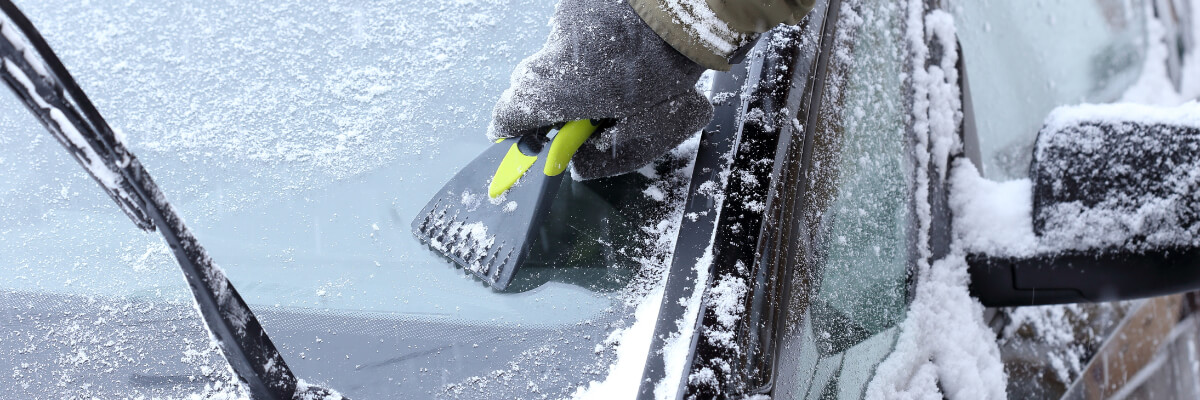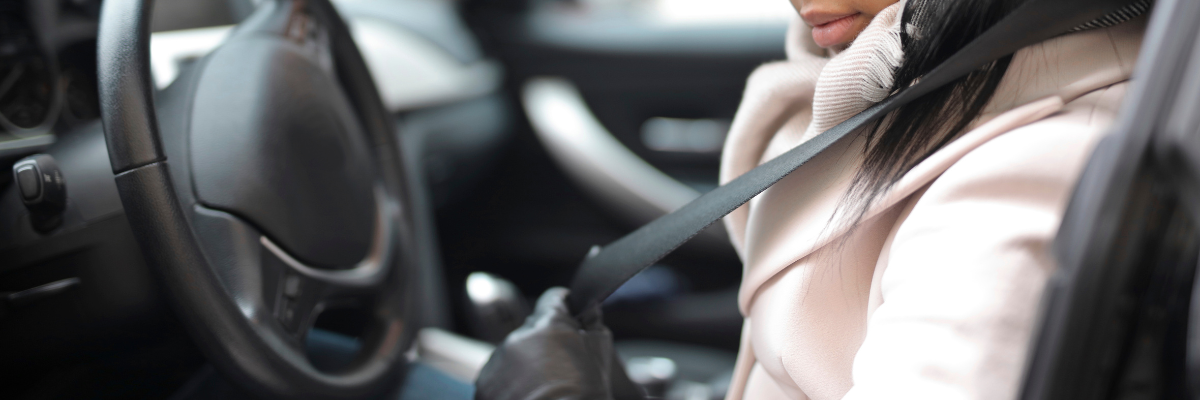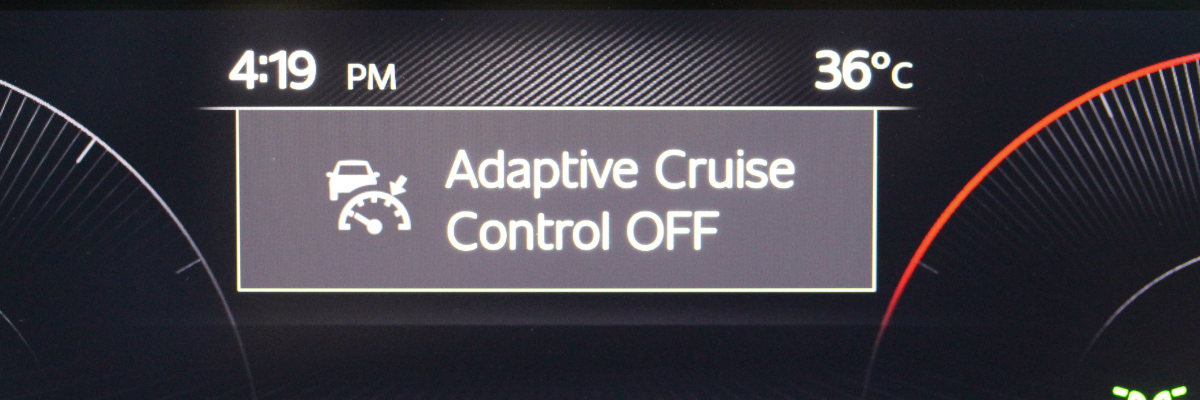Top 7 Tips for Driving Safely in Winter Conditions
Safely driving in winter conditions is an essential part of road safety due to the increased risk that comes with colder temperatures, slippery surfaces, and reduced visibility. Poorly maintained roads can be particularly dangerous—not only making it hard to see in front of you but also reducing your ability to control and stop your car promptly. Taking extra precautions when driving in the wintertime is the best way to protect yourself and other drivers from potentially hazardous situations.
Not only does winter driving safety help you avoid physical danger, but it can also help save money on costly repairs or car accidents. With icy conditions, motorists can easily lose control of their vehicle’s tires and cause damage to their vehicle’s suspension and braking systems as well as other parts of their cars. By taking the time to properly prepare for a journey, getting regular maintenance done on your car, and increasing your level of awareness while driving, you can reduce the chances of encountering such repairs or damaging collisions. In this blog, we will share some of the most essential tips for driving safely in the winter, based on our experience as car safety experts.
1. Make Sure the Windshield and Windows Are Defrosted

Defrosting your windows and windshield before driving in the winter is an important step for staying safe on the roads. When windows and windshields are frosted or covered with snow, it prevents drivers from having an unobstructed view of the road ahead. This can lead to dangerous situations as drivers may not be able to identify hazards in time, causing accidents.
Defrosting windows and windshields can be done easily in a few steps. Firstly, turn on your car’s heater and set it to warm the interior of the vehicle. Then switch on the defroster setting which will help clear away fog or ice build-up quickly using hot air from inside the car. Using a scraper to remove stubborn frost or snow is also helpful but should be done carefully if you don’t want to damage your windows. Lastly, remember to keep your windshield wipers clean and regularly check their condition as they need to function properly to make sure visibility is kept at its best while driving in winter conditions.
2. Prepare the Rest of the Car for Winter Driving

Prepare your car for winter by taking the time to check key components such as the tires, brakes, hoses, and belts to ensure they are in good working order. Make sure you have plenty of antifreeze, wiper fluid, and windshield wash on hand to top up regular levels as needed. Don’t forget to also check that your lights are functioning correctly – ensure they are clean and replace them if necessary. Doing these checks before heading out onto the roads will help reduce the chances of a breakdown in cold weather.
It is also important to make sure your gas tank is at least half full before driving in winter as this will help keep it from freezing. Additionally, you may want to carry an emergency kit with items like blankets, snacks, and a phone charger just in case your car breaks down or you become stranded due to bad weather conditions. As the old saying goes: “Hope for the best, prepare for the worst.” While not every drive during those winter months will result in you needing all the emergency provisions in the car, you can’t discount those situations either.
3. Check Your Safety Belts

When driving in winter conditions, safety belts must be worn at all times. Safety belts can help keep you securely in place during a sudden stop or swerve on icy roads. Moreover, failing to wear a seatbelt can greatly reduce the effectiveness of an airbag during a collision. It is also important to ensure that safety belts are properly adjusted and fitted for each passenger, especially children, who may require booster seats for optimal protection.
By staying buckled up at all times while driving in the winter, you can help ensure your passengers’ safety and avoid serious injury in a crash or other unexpected situations. If you want to get your safety belts installed and inspected by the experts, reach out to us at Orion Safety Belts and we’ll make sure everything is perfect for your next drive.
4. Drive Slowly & Make Sure You Have Enough Traction

When driving in winter conditions it is essential to drive slowly and exercise caution when taking corners and braking. With snow and ice on the road surfaces, cars can easily lose traction making it harder for drivers to control their vehicles properly. One of the major factors that will affect your control is the state of your tyres.
Poorly inflated or worn-out tyres can affect the steering and traction required to make precise turns on icy roads and can lead to dangerous situations. Make sure that your tyres are equipped with the right tread depth to handle slippery conditions, as well as being kept at the correct inflation pressure. When temperatures drop, tyre pressure often drops too, so it is important to check that they are inflated regularly. Checking regularly can help reduce wear and tear so you can be safe when driving on snow or ice.
5. Avoid Tailgating on the Road

Let’s talk about another way to stay safe on the road during winter, that connects to the previous point of driving slowly. When driving in the winter, it is important to leave extra space between your car and the car ahead of you. This additional space helps provide a cushion if you find yourself suddenly needing to stop on icy roads, helping you to avoid potentially dangerous collisions. Also, be sure to drive at lower speeds and brake softly when approaching any intersections or turns. Although it may take longer to get where you’re going, driving slowly can help prevent you from skidding or losing control of your vehicle in slippery conditions.
6. Don’t Use Cruise Control When Driving in Winter Conditions

Regardless of whether your tyres have the perfect amount of traction and you’re driving the speed limit, there are still factors that can cause you to lose control. That is why we here at Orion Safety Belts urge you to avoid using your cruise control whenever possible. Cruise control can cause your vehicle to accelerate or decelerate too quickly, which is especially dangerous when you factor in icy roads or patches of black ice.
Additionally, when cruise control is engaged on slippery surfaces your car may continually struggle to maintain a set speed due to the reduced grip caused by the ice and snow. This can result in excessive tyre wear and increased fuel consumption. Using cruise control while driving in winter conditions can also reduce your vehicle’s manoeuvrability. So, to be on the safe side, just don’t use it.
7. For Winter Driving Use Low Beams Instead of High Beams

Driving with low beams instead of high beams in winter is essential to ensuring the safety of yourself and other drivers. High beams can cause a glare which makes it harder to see the road ahead, while low beams create greater visibility in colder weather conditions. Additionally, by driving at a lower speed and being extra cautious, you will be able to better navigate slippery roads and avoid losing control of your vehicle. Driving with low beams is an important part of staying safe on winter roads.
That said, even if you follow all the steps to the letter, there are still no guarantees when it comes to getting behind the wheel in the dead of winter. The fact is, a road is a dangerous place. However, if you follow our safety tips listed in the blog above, your margin of safety improves significantly when driving in winter conditions. And if you want to learn more essential driving and on-road tips, we would love to hear from you! Go to our website and contact us or check out our latest blog for more expert tips for you and your car!
